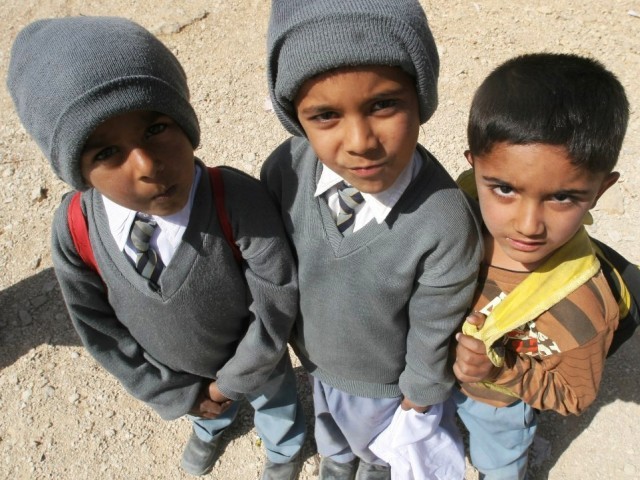
The School Education Department launched the Punjab School Education Sector Plan on October 7.
The PSESP will cover a period of five years (2013 to 2017-18), with a total outlay of Rs225 billion.
The PSESP policy framework is structured around the National Education Policy 2009, the chief minister’s School Reform Roadmap, Article 25-A (that provides for free and compulsory education for all children aged five to 16 years) and the Punjab Education Sector Reform Project (PERSP).
The plan identifies poor retention and transition rates as major setbacks in the educational sector. The quality of teaching and learning outcomes; access to education; relevance of educational material; and governance have been identified as major gaps in the educational sector.
The budget for 2013-2014 has been estimated at Rs205 billion (this includes the incremental increase in the budget and additional requirements of the sector plan).
SED Planning and Development Deputy Secretary Qaiser Rasheed says the additional components add up to approximately Rs22 billion. These costs include Rs18 billion for teachers’ salary, Rs624 million for Punjab Examination Commission, Rs102 million for textbooks and Rs407 million for teachers’ training.
The sector plan has allocated Rs1.8 billion for additional classrooms- not included in the recently announced budget to provide missing facilities in all girls’ schools in the province and all schools in the south Punjab.
Allocations for ‘gaps in the education sector’, as identified by the sector plan report, add up to Rs3.85 billion. These include, relevance, governance, improved management and monitoring and evaluation. They fall under ‘non-scale’ costing (costs independent of changes in enrolment). Rs1.2 billion has been allocated to address gaps such as quality, improving standards, providing assessment tools and teachers’ learning and development.
The sector plan allows for budget to increase from Rs205 billion in 2013-14 to Rs496 billion in 2017-18. It also allows for an increase in the cost of the additional 11 components from Rs22 billion in 2013-14 to Rs59.9 billion in 2017-18.
Rasheed says these costs are estimates and a review of the costing and implementation would continue throughout the five year plan.
Net Enrolment Rate
According to the SED report, the net enrolment rate (NER) was low in southern districts at the primary, middle and secondary levels. In 2011-2012, The NER for primary school children in the 6-10 years age group, was 70 per cent. It dropped to 37 per cent at middle school level, for children aged 11 to 13 years. The NER for secondary level, for children aged 14 to 15 years, was 25 per cent. The NER had fallen from 70 per cent to 25 per cent across education levels.
As many as 15 districts had an NER below the province average of 70 per cent at the primary level. These districts included Bhakkar, Bahawalnagar, Bahalwalpur, Jhang, Vehari, Lodhran, Multan, Rajanpur, DG Khan, Muzaffargarh and Rahim Yar Khan. At the middle level, 18 districts had an NER lower than the average provincial NER of 37, it was 13 in Rajanpur. At the secondary level, the NER for 23 districts was below the province NER average of 25. The NER for Rajanpur at this level was 9.
Survival rates
The sector plan relates low quality of education to low survival rates of students at various school levels. The report states that the survival rate at primary level was 57 in 2011, 86 for middle level and 59 for secondary level.
Facilities
There is not much disparity in terms of facilities between the public and private schools at the primary level.
Published in The Express Tribune, October 12th, 2013.
COMMENTS (1)
Comments are moderated and generally will be posted if they are on-topic and not abusive.
For more information, please see our Comments FAQ




1730959638-0/trump-(19)1730959638-0-165x106.webp)

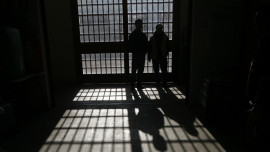

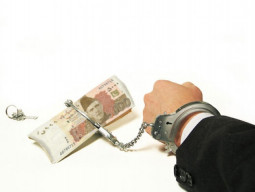
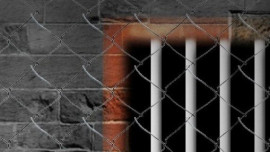
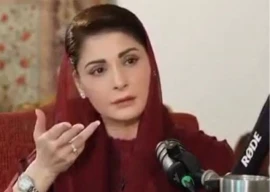






It also allows for an increase in the cost of the additional 11 components from Rs22 billion in 2013-14 to Rs59.9 billion in 2017-18....what 11 components? Am i the only one who was lost at points in this piece about what the writer wanted to say?